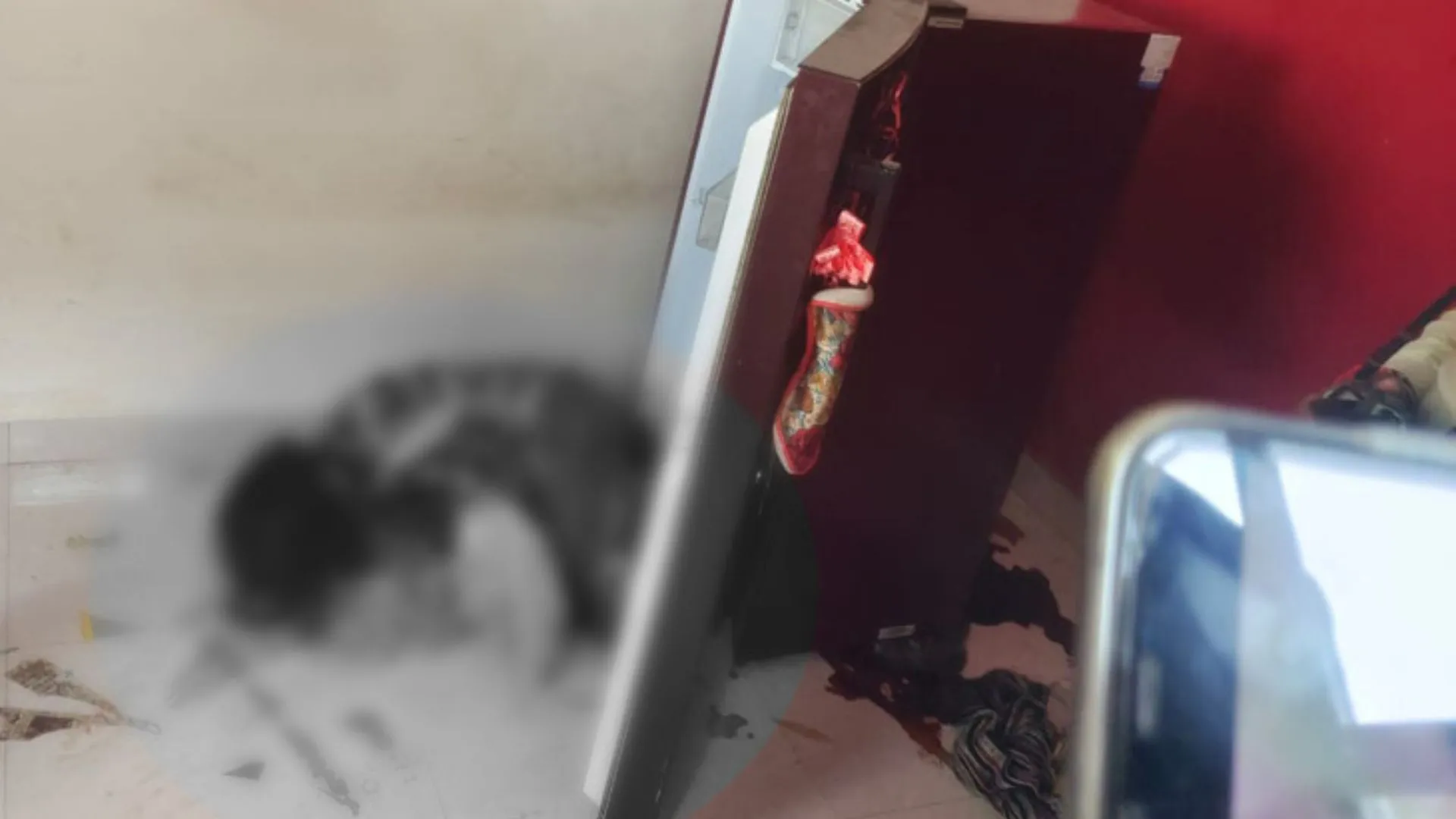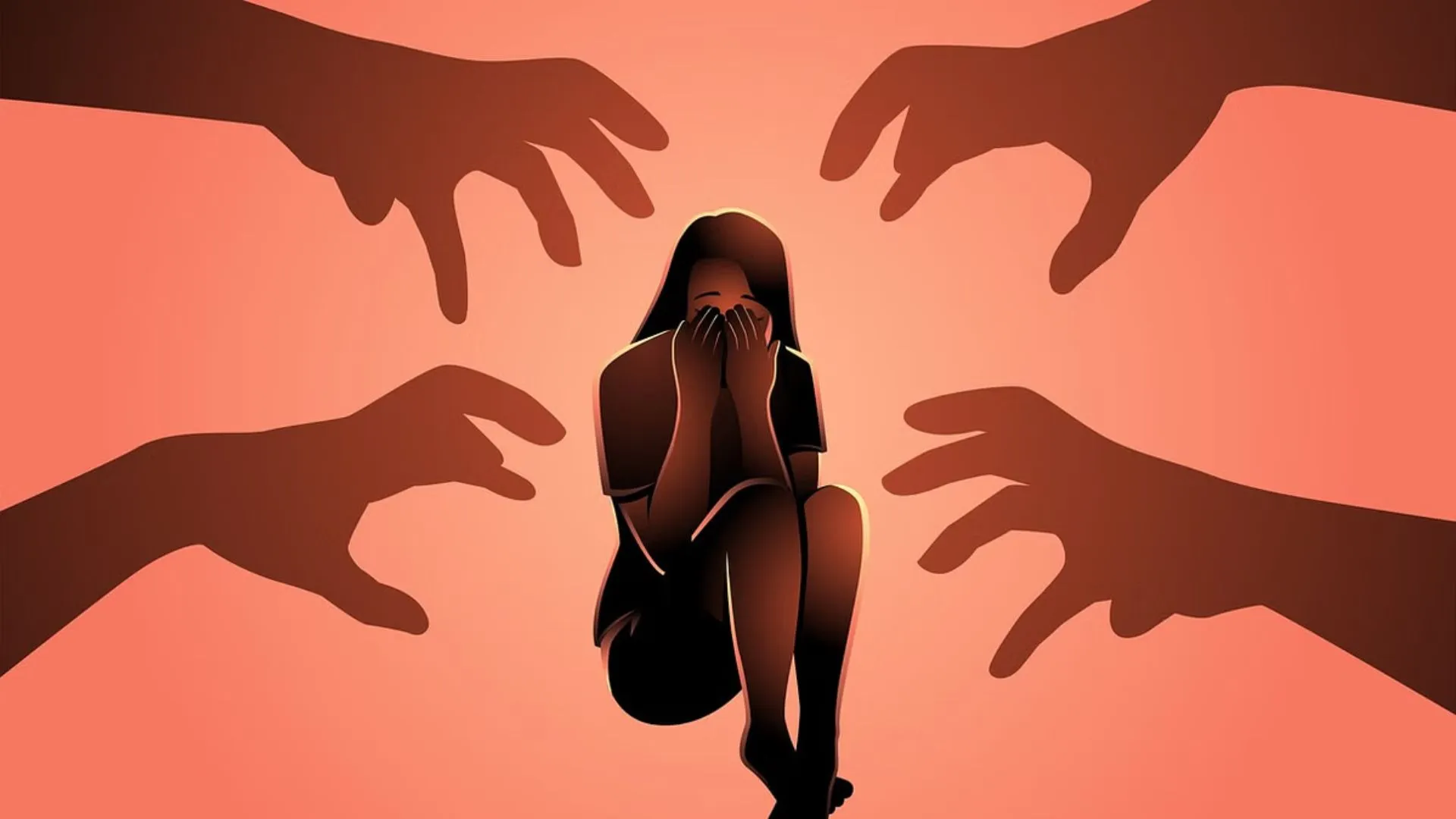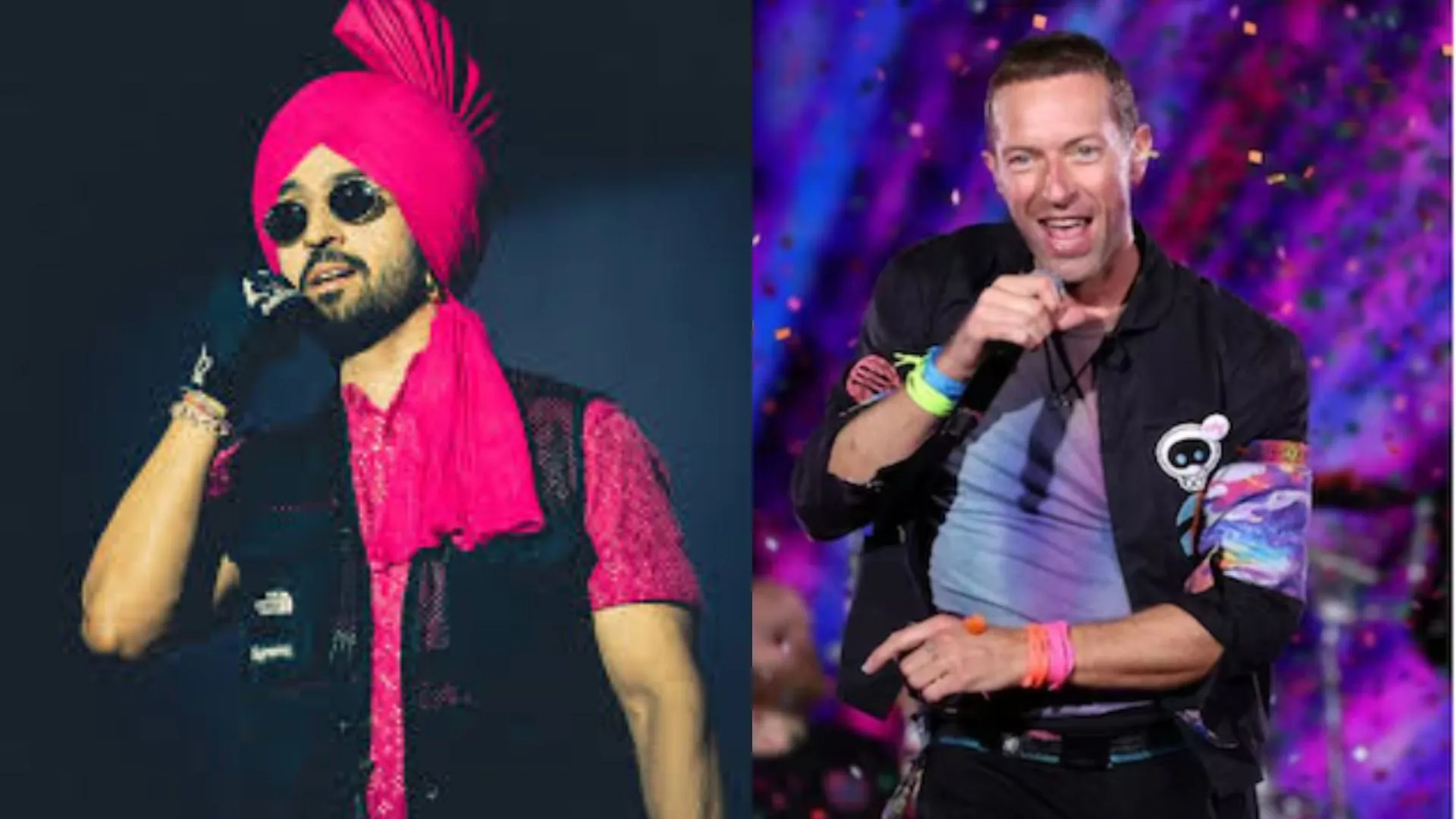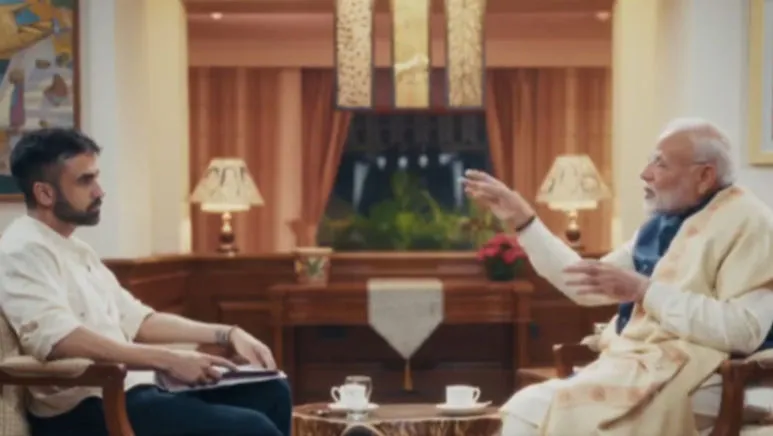With 48 seats in its kitty in the Lok Sabha, Maharashtra is a critical state for any party to come to power at the Centre. With recent splits in the Shiv Sena and NCP, the future of Maharashtra politics can be gauged from the politics that has been prevalent since 1999. Despite the “first-past-the-post” system of electing representatives for our legislatures, since 1999, the state has been “Mirror cracked,” with Congress, BJP, NCP, and Shiv Sena functioning simultaneously and gaining sizable vote shares and seats in almost every election, irrespective of who formed the government in the state. This has been possible because each party has its own minimum vote base in specific regions, thereby converting vote share into seats. This is the precise reason why no single-party rule has been possible in Maharashtra for the last three decades. This is also the reason why, despite riding on his massive victory in the 2014 national elections, Prime Minister Narendra Modi could not bring the BJP to power in Maharashtra with a simple majority in the 2014 October Assembly elections, when all four major parties contested independently. Although the BJP and Shiv Sena managed to form a post-poll alliance to rule the state with 185 seats and a 47% vote share between 2014 and 2019, the Congress and NCP were not far behind, as they also secured 42 and 41 seats with vote shares of 17.95% and 17.24%, respectively.
With Shiv Sena›s decision to part ways with the BJP in 2019, despite them being natural allies, a “new normal” has come into existence: Any post-poll alliance with two or three parties may form the government, with the caveat that Congress and the BJP cannot be part of the same alliance. Once the “new normal” has been set in motion, it is a free for all political parties and political leaders. However, there is a method to the madness in the «free for all» approach.
The first aspect of the “method in madness” is that the dynastic parties cannot avoid breakaway factions emanating from themselves at some point in time. It is true for every state and every party, not just Maharashtra. When the family members cannot share the power in the party in a mutually agreeable manner or cadres outside the family cannot gel with the dynastic leaders, a breakaway is inevitable. The dynastic parties are not bound by any ideological thread that could bind them together when there are clashes of interests between leaders. In a dynastic leadership pattern, there is no hope for chieftains of a political party to wait for a change in leadership, as the leadership is predetermined by the family succession plan, and the better way is to break away from the parent party and take it forward.
Although the Shiv Sena and NCP were founded and nurtured by individuals, when the time comes to pass on the baton to the subsequent generations in the family, it is inevitable to avoid breakaways. Bal Thackeray preferred his son Uddav, although his nephew, Raj Thackeray, who has been as fiery as Babasaheb Thackeray since his Shiv Sena days, had to leave the Shiv Sena to form his outfit, NMS. When Uddav promoted his son as the heir of the party, Shinde and other prominent leaders revolted. In the case of the NCP, when Sharad Pawar decided to choose his successor, he preferred his daughter over his nephew Ajit Pawar, and all those who had been disgruntled decided to join Ajit Pawar in a silent coup. It was déjà vu as Ajit Pawar joined the BJP government for a few hours in 2019. Unlike 2019, it is irreversible now, as most of the legislatures have sided with Ajit Pawar.
The second aspect of the method in madness that is specific to Maharashtra is that no one party enjoys the absolute support of the state electorate, which could result in one party winning a majority of the seats over other parties and thereby making other parties irrelevant for the next five years. Even the chieftains of the parties will sustain their support irrespective of the party leadership’s support base, and when a chieftain shifts his loyalty from one party to the other, he takes his loyal electorate with him. There is no state-wide chemistry that works in favour of one state leader. Unlike the split in the Shiv Sena, the split in NCP appears to be lock, stock, and barrel, leaving only the aged Sharad Pawar and his daughter.
The Maharashtra election results in the last 25 years show that Maharashtra politics has been like a cracked mirror, as there is space for every party or faction of a party. With six political parties now in the state—two Shiv Senas and two NCPs—apart from smaller outfits like Vanchit Bahujan Aghadi of Prakash Ambedkar, MNS, and AIMIM with a committed minimum vote share among the electorate, Maharashtra election politics has now become a «severely cracked mirror». With the results of the 2024 general elections, some clarity on which parties survive and which wither away may emerge.
Thiruvannathapuram S. Ramakrishnan is a public policy analyst.

















